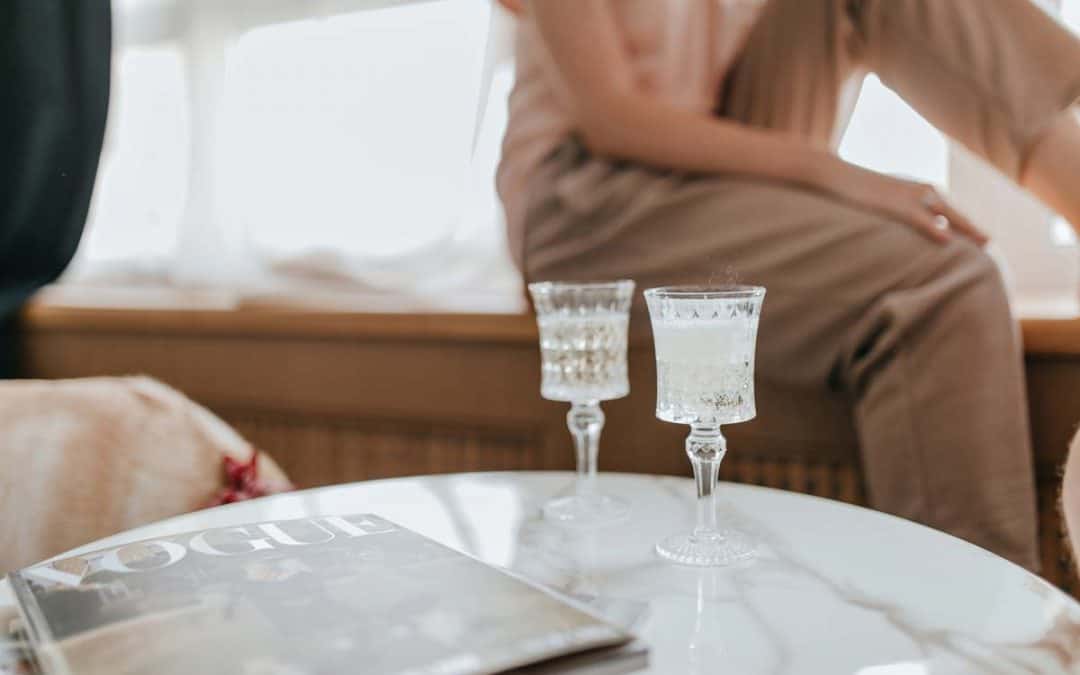A well-designed and fascinating house is the wish for all the homeowners. You invest in the most elegant and beautiful construction materials to enhance the beauty of your home.
However, every natural stone has some drawbacks followed by exquisiteness and sophistication.
Similarly, marble is also a very beautiful and classy stone. It is largely used by people for both commercial and residential construction projects.
Nevertheless, you must know about the downfall of this stone i.e., etching. It will help you in protecting your marble creations in your home.
Let’s dive into the causes of marble etching along with ways to prevent it.
What is Marble Etching?
The term etching refers to the physical change that occurs to the marble whenever it is exposed to acid. Basically, the surface becomes dull when the calcium carbonate makeup of marble interacts with any acidic substance.
You must have noticed dull spots or a kind of white stains on the marble countertop surface after you have dropped lemon drops over it.
Certainly, lemon is not the only thing that causes marble etching. There is a wide range of commonly used liquids or citrus-based products that can result in etching when exposed to the marble surface.
Such as vinegar, orange juice, wine, alcohol-based products, improper cleaning products, and so on. People commonly use such liquids without even noticing the damage they can cause to the surface of the marble.
Marble etching is the reason people give it a second thought before investing as it can tarnish the overall look of the countertop.
However, you can avoid etch spots while being cautious enough when using any acidic material near the marble surface.
Is It a Marble Stain or Etch? | Main Differences
Is it extremely important for homeowners to identify whether your marble surface is etched or stained? There is a difference between etches and stains and both are treated differently.
You must be curious to know the difference between both. Here’s a simple way to identify the gap.
If the affected area of the marble is darker as compared to the original color of the stone, it is a stain. Whereas, if the target area is lighter than the stone’s natural color, it is an etch.
You need to understand the difference before beginning the relevant treatment on your marble surface.
What Causes Marble Etches?
The marble looks stunning and gives a luxurious feel. People prefer using it on kitchen countertops, bathroom vanities, and flooring.
Specifically, kitchens with marble counters are at a greater risk of getting etches as people mainly use various acidic substances in their kitchens.
Basically, marble etch marks occur whenever any acidic liquid stays on the surface for long enough that it begins to corrode the surface. The corroded surface gives a dull or a lighter appearance.
The affected marble becomes rough or comparatively less smooth than it was before the acidic spill.
People sometimes use varying household cleaners that are usually great for the purpose of cleaning but not for marble surfaces.
The low pH level of cleaning agents immediately removes the sheen from the stone leaving behind a damaged and dull surface.
Thereby, you need to be vigilant in order to protect the overall look, luster, and smoothness of the marble surface.
4 Tips on How To Prevent Your Marble Countertops from Etching
Marble etching is damage caused by acidic substances. People are worried about discoloration that destroys the surface and the stunning look of the area.
If you are in pursuit to know the remedial measures against marble etching, you are at the right place.
Following are some ways through which you can prevent this magnificent stone countertops from etches.
1. Avoid Using Harsh Cleaning Products
It is recommended to avoid exposing the marble surface to any harsh substance that can damage the surface.
Even for a cleaning, you need to avoid using bleach and acidic liquids as such cleaning agents can affect the sheen of the stone.
2. Honed Surface
As compared to the polished surface, a honed area is less susceptible to getting etched.
The matte appearance will minimize the visibility of the etches or stains on the marble surface.
3. Use Chopping Boards
While working in the kitchen, it is highly recommended to use chopping boards to avoid any acidic food drips on the marble surface.
4. Clean Spills Quickly
Spills are always accidental. In order to avoid etches, you need to be vigorous to clean acidic products right there.
Use a damp cloth and wipe off the surface immediately. The longer the acid stays on the surface, the greater will be the chance of etching.
Final Thoughts
Marble is an acid-sensitive stone. It reacts to acidic substances or liquids with less pH levels. In order to maintain the sheen of the surface, you need to follow the aforementioned remedial measures.
If you need any professional assistance, please call RSK Marble & Granite experts at 978-447-1001. You can also contact us online here.


